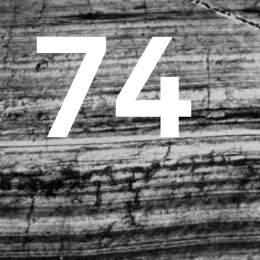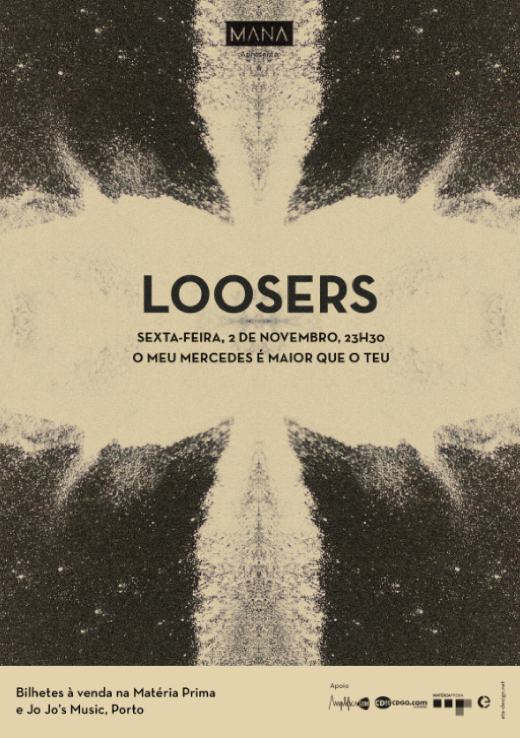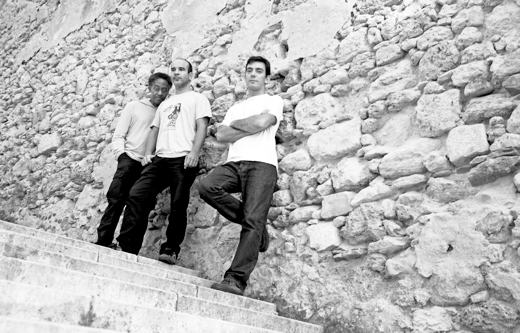
Sounds aus Hotelzimmern haben wir in Form des neuen DEISON-Albums (Besprechung) vor wenigen Wochen schon einmal vorgestellt. “Eins Bis Sechzehn” geht noch einen Schritt weiter und verbindet den Klang mit Fotos. Sämtliche der beiliegenden Einzelbilder oder Miniserien – insgesamt 16 Fotos, daher der Projekttitel – sind den sechs Stücken der CD zugeordnet. Und auch die Sounds entstanden in denselben Räumlichkeiten. Im Gegensatz zu DEISON handelt es sich bei der Gemeinschaftsproduktion von JULIA WEINMANN (Fotografin) und EPHRAIM WEGNER (Soundartist), zwei jungen Künstlern aus Freiburg, um verfallene, verlassene und von der Zeit zerstörte Hotels.
Aus den verschiedenen Räumen versuchen beide, ein fiktives einziges Hotel zu bauen, durch das der Hörer und Betrachter wie ein Tourist geführt werden soll. Sightseeing in Fotos und Sounds aus Ruinen, aus ehemaligen Ferienressorts, die während der 1960er- bis 1980er-Jahre für viele Millionen Euro gebaut wurden.
Die knapp 20 Minuten Sound klingen sehr räumlich und organisch, sind teilweise aber nicht mehr als minutenlanges Rauschen und Knirschen, wenn offenbar die Künstler über den verstaubten und mit Geröll bedeckten Boden gehen oder mit den Betonstrukturen, den Hotelskeletten kommunizieren. WEGNER hat die Geräusche teilweise bearbeitet, zerlegt in weitere Einzelteile, um Frequenzen gelöscht oder bereichert, aber alle stammen im Original aus den jeweiligen Ex-Hotels. Flächiges Nichts bietet wenig Struktur und Halt beim Hören, vermittelt vielleicht Zeitlosigkeit, ist aber schwer zu deuten. Das Audio-Ergebnis erinnert jedenfalls entfernt an BAD SECTOR. Stärker, beeindruckender sind die Fotos, die den Zerfall einfangen, die Löcher in den Wänden, den Schimmel. Dieses fühlbare Auseinanderbröseln, teilweise bis auf ein Gerippe, gleicht einer visuellen Obduktion.
Spannende Idee, ansprechende und emotionale Fotostrecke, schwere Kost für die Ohren. Dieses Gesamtkunstwerk erfordert etwas Arbeit und vor allem das Loslassen jeglicher gängiger Hörgewohnheiten. Michael We
via Nonpop






